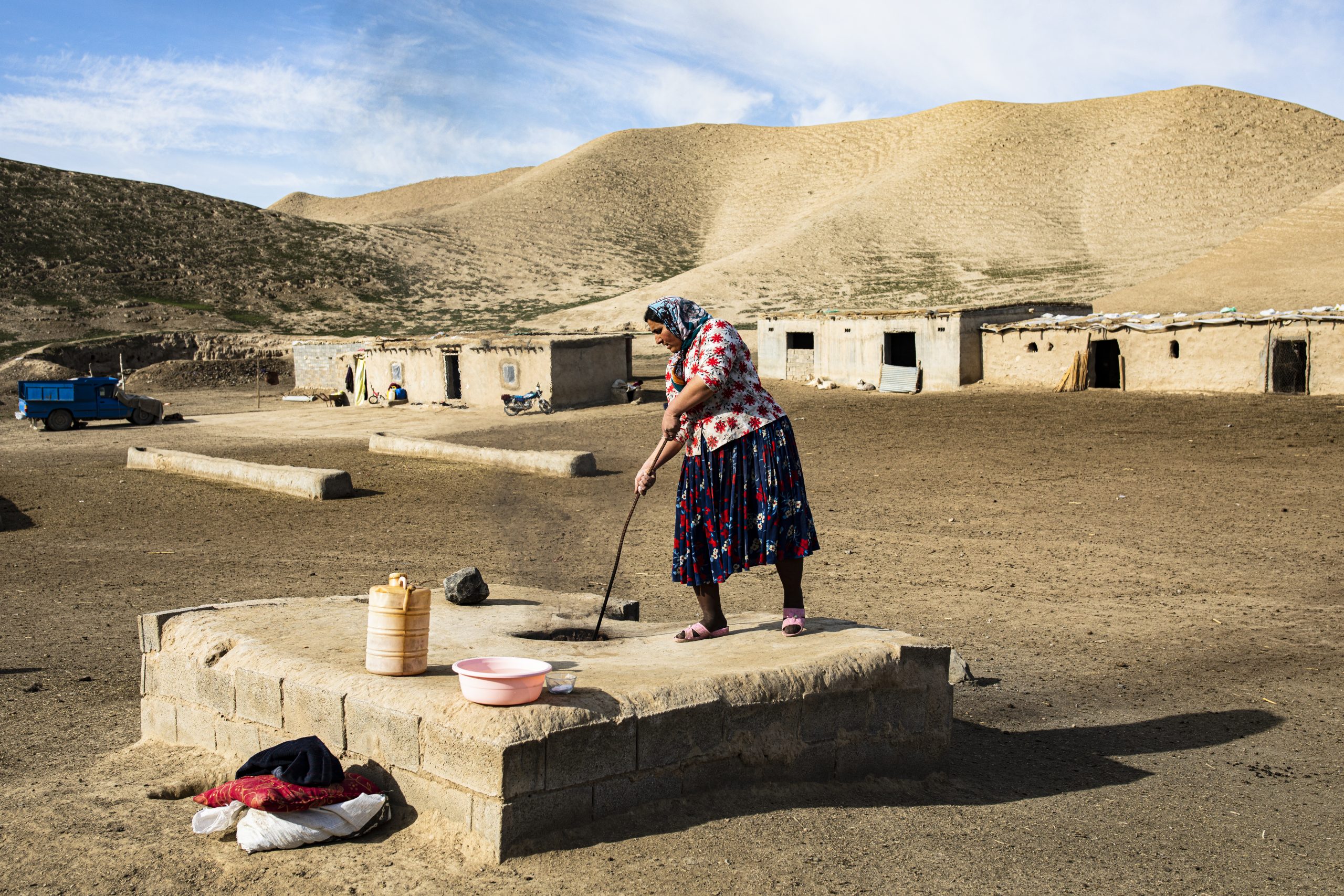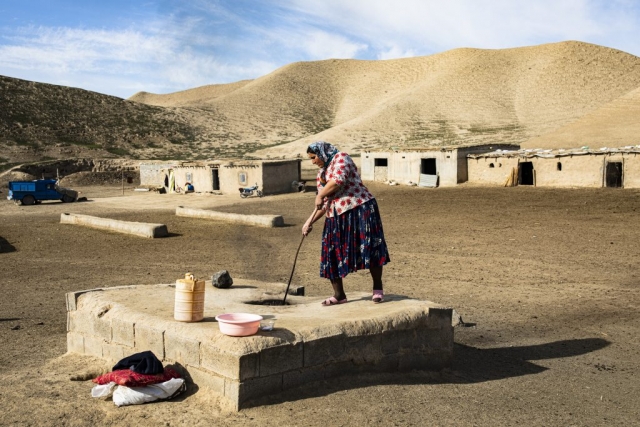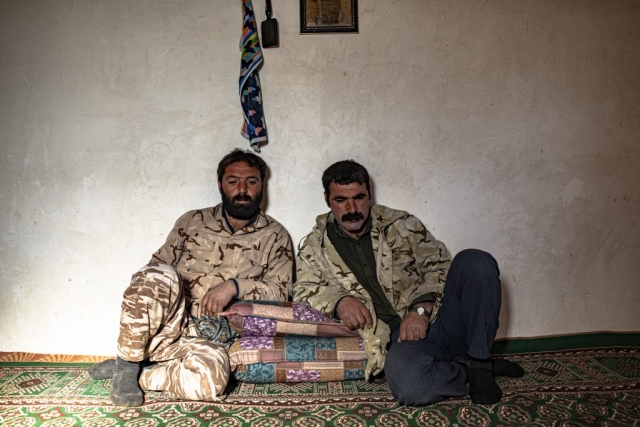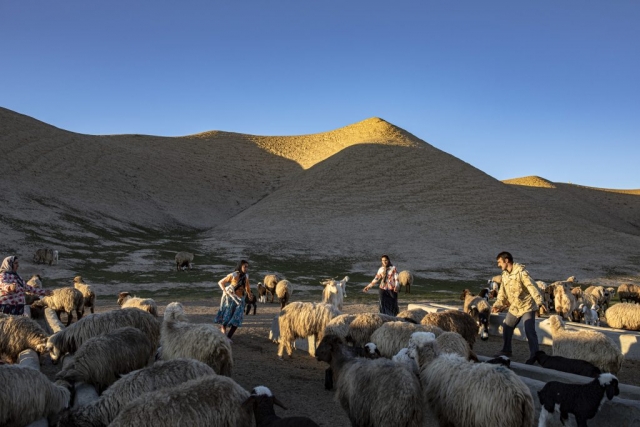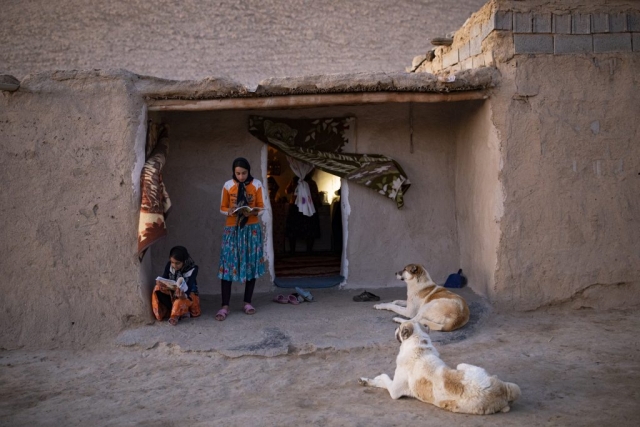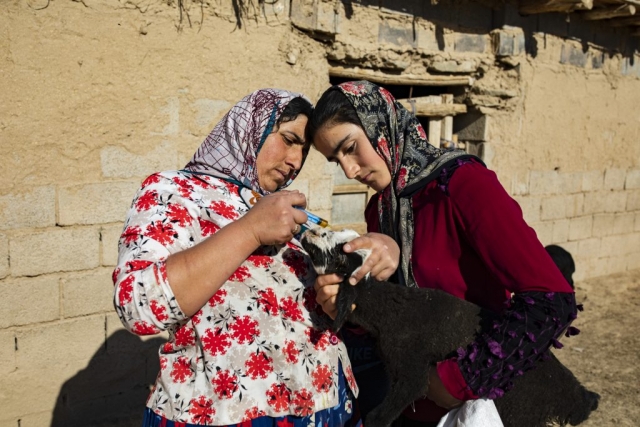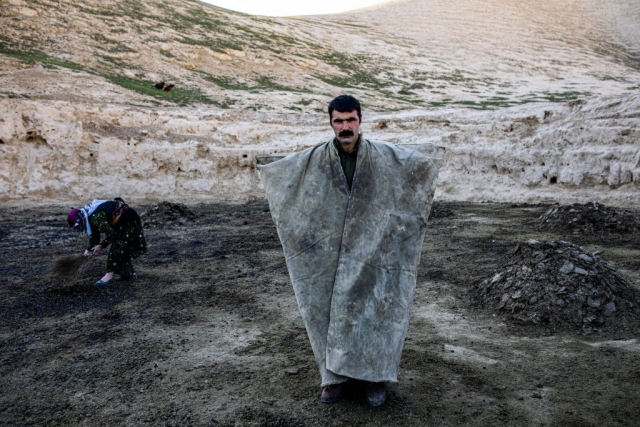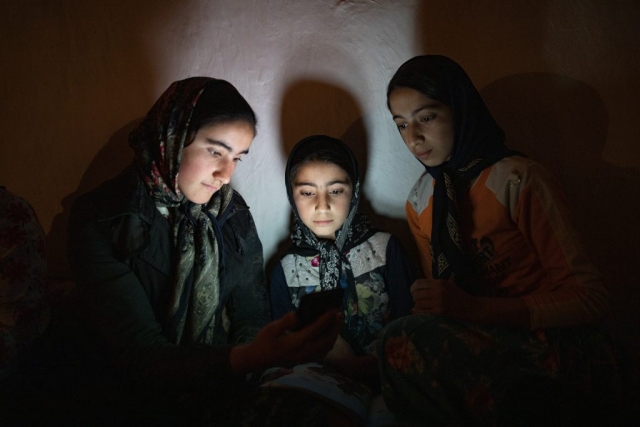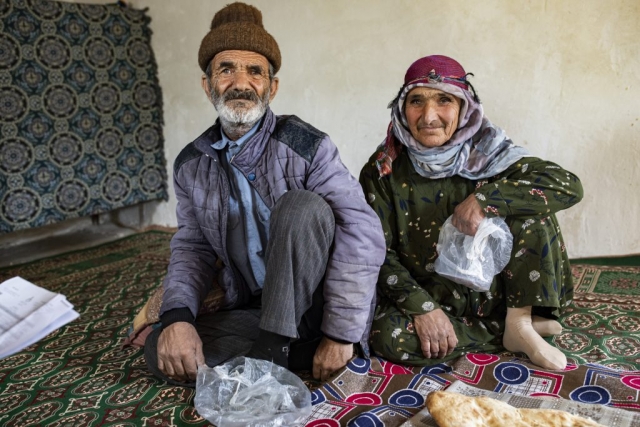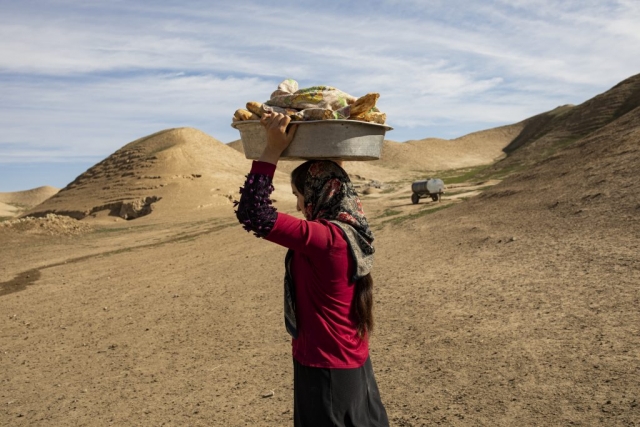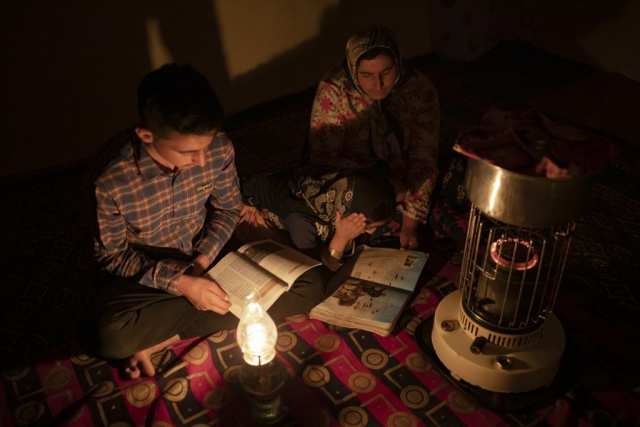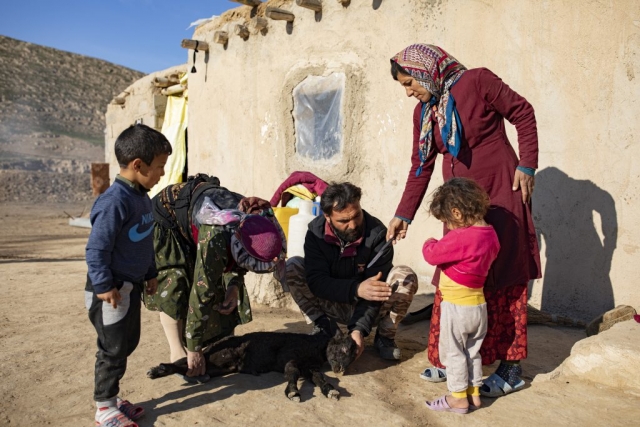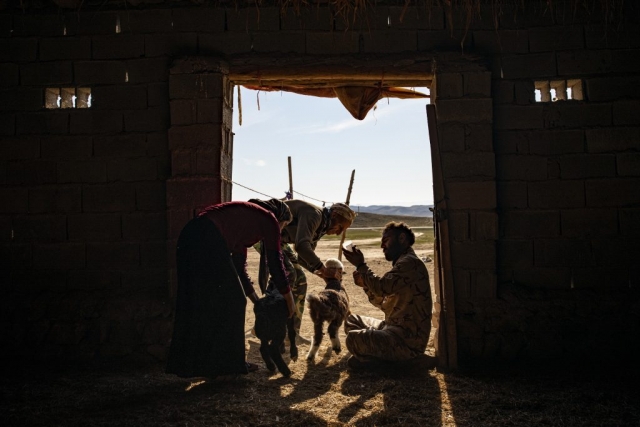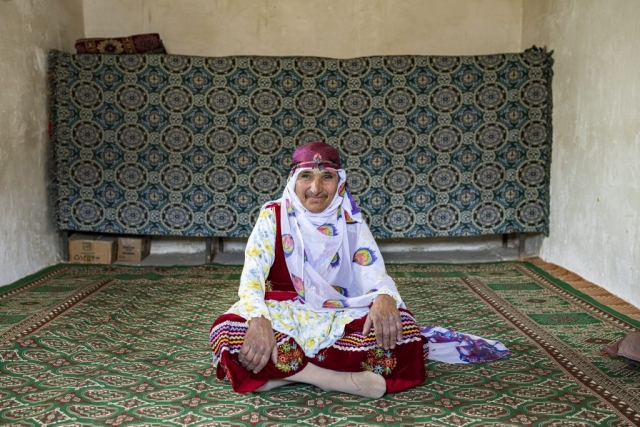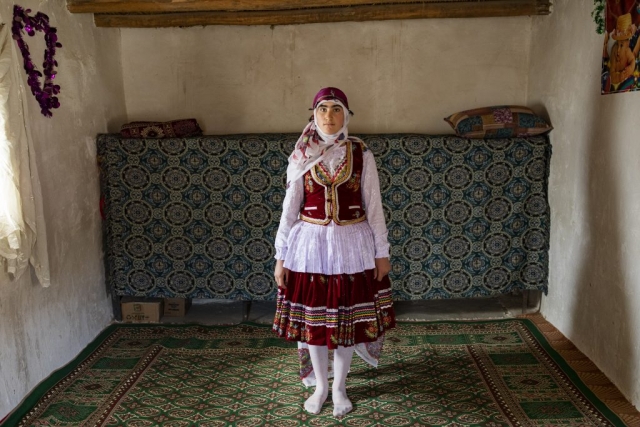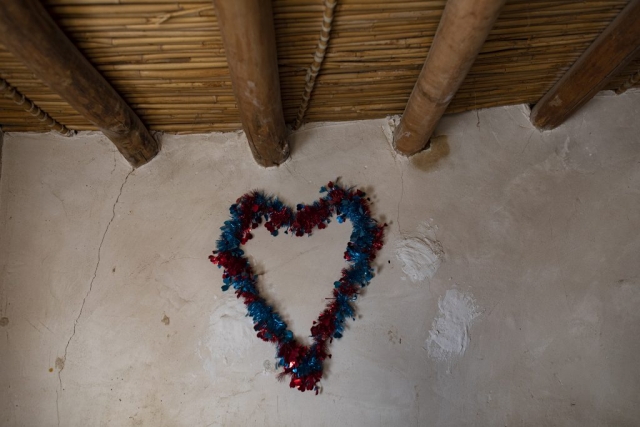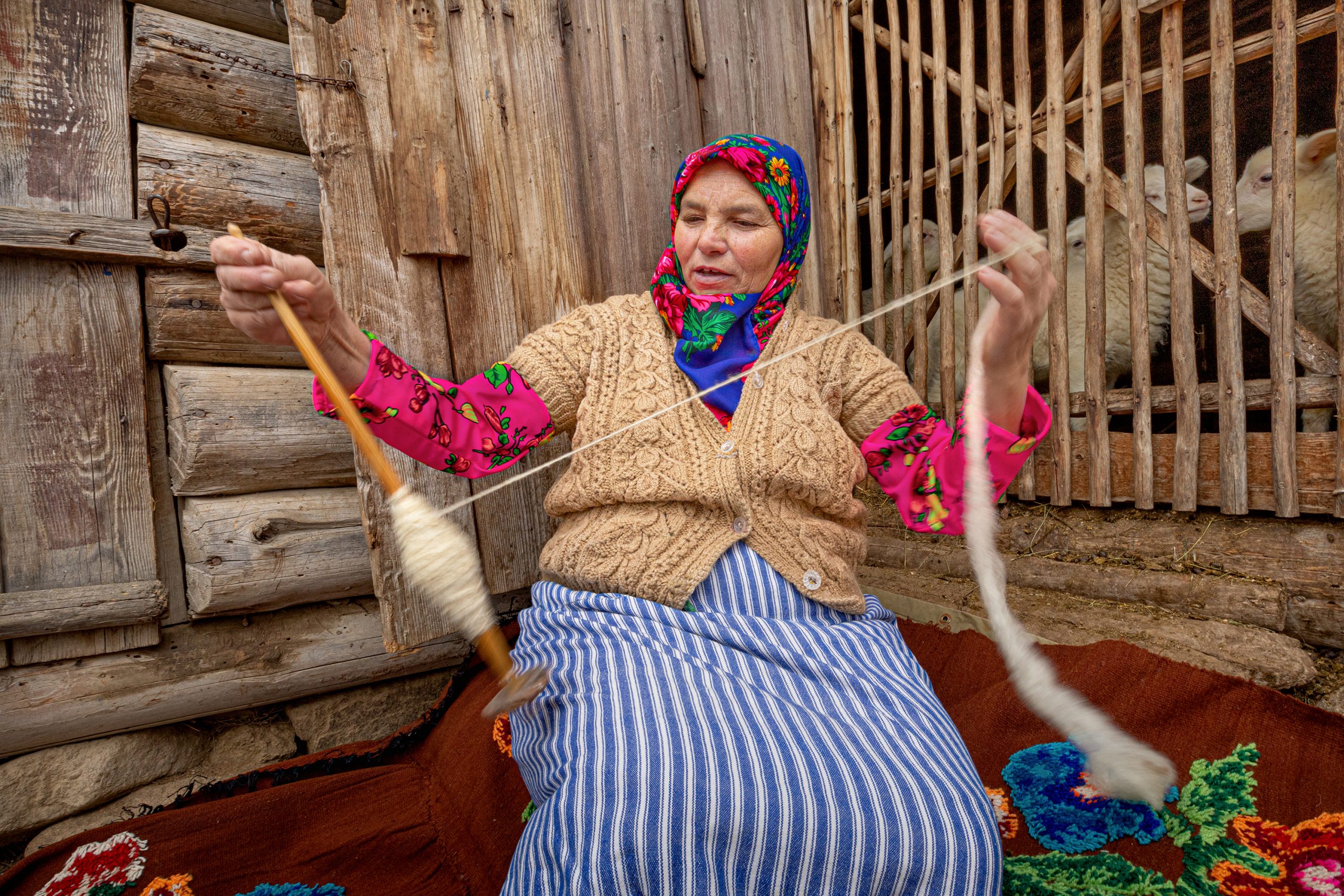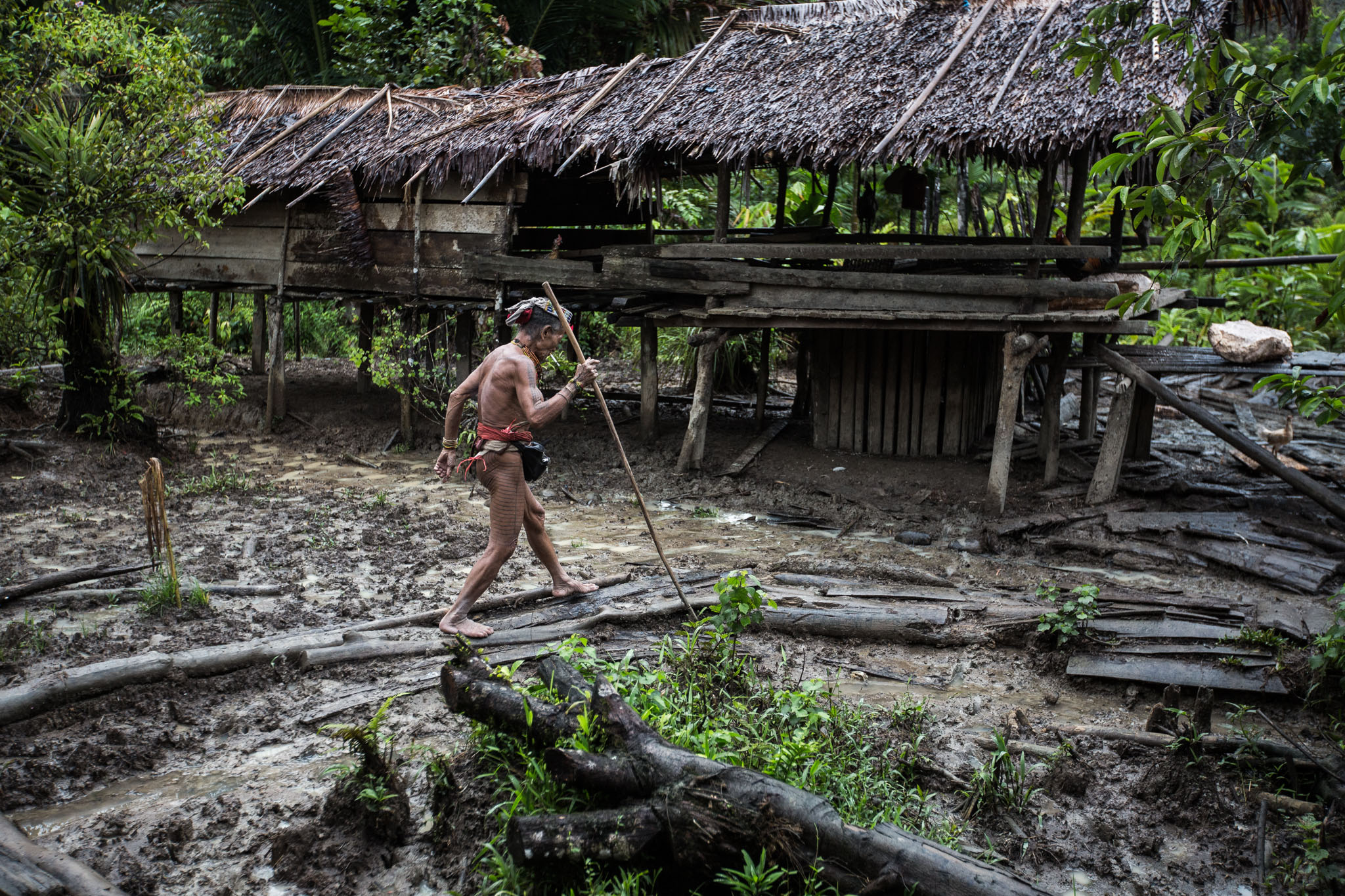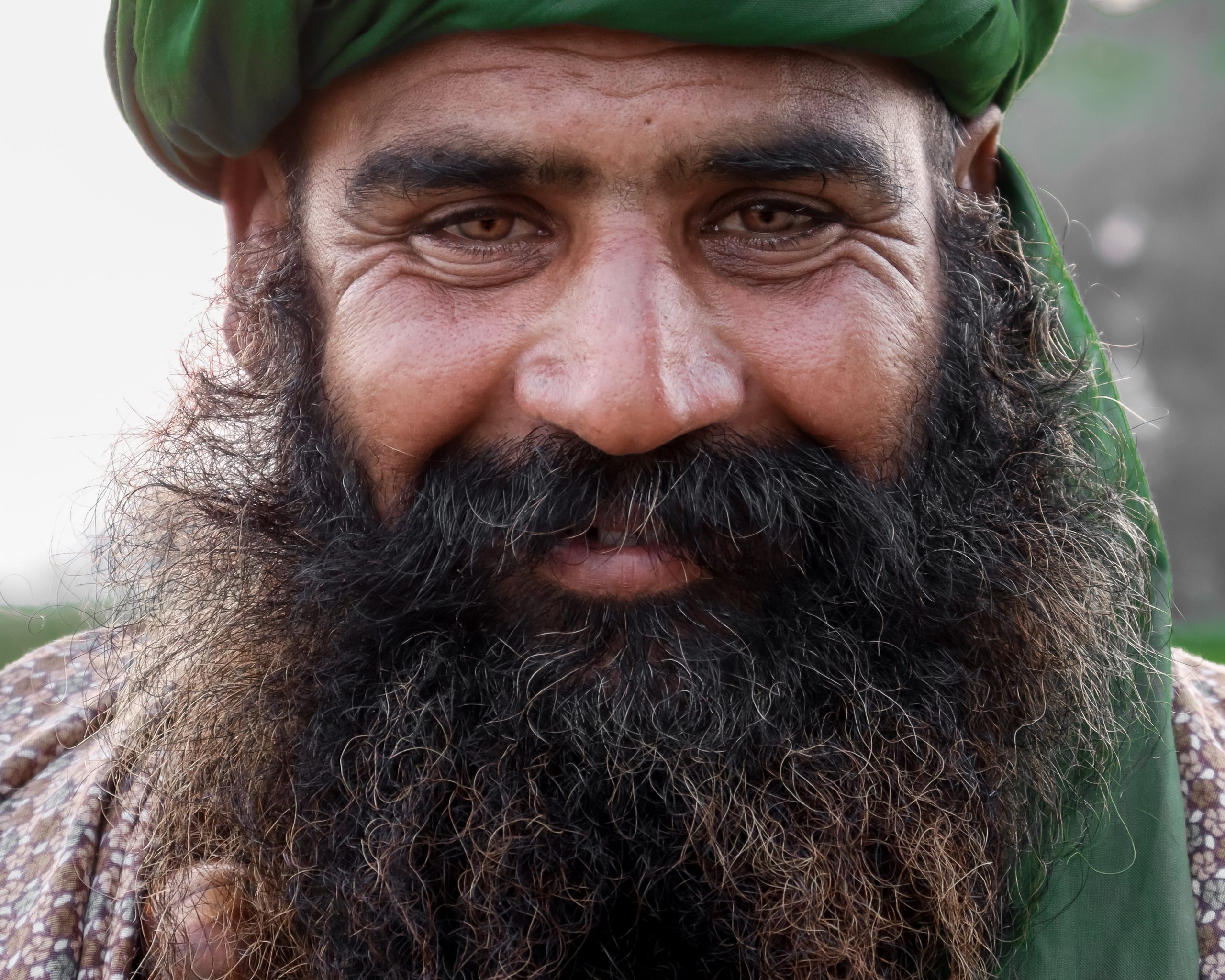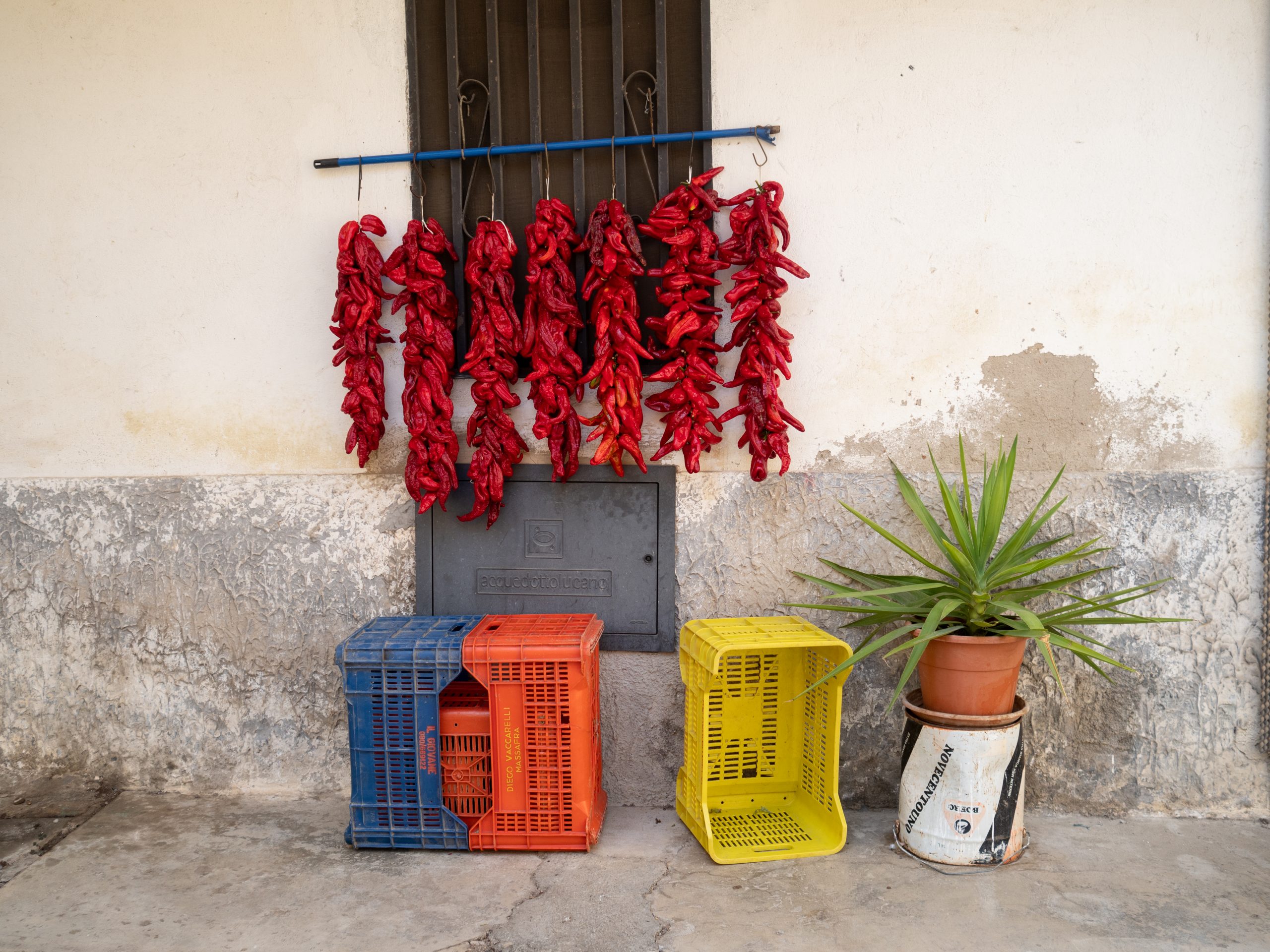Younes Mohammad – Chaldoran
Throughout the history of the Middle East, Kurdish people have been known for their bravery, honor and courage as warriors and therefore, have a prominent position in the region, which has led the kings, sultans and caliphates of that time to target and use the Kurds to protect and develop their borders and stabilize the entity of their empires. For that matter, they have often been exiled and forced to emigrate, with many examples in the Ottoman and Iranian empires.
Four centuries ago, after the Chalderan war and the Safavi defeat against the Ottomans, the Kurds were gradually and forcibly displaced, and more than 50,000 families from the Khurasan Kurmanji spearheaded to the eastern borders of Iran in order to protect the borders against the Uzbeks who then intended to occupy the area, after the end of the wars, the displaced Kurds were stuck in those borders and were not be able to return to their territory, their descendants have been living in northern Iran and near the border of Turkmenistan ever since.
In this art project, I will study some of the consequences of this forced exodus that has been imposed on some Kurdish families by Safavi in Iran. It has been a matter of reflection for me that throughout these centuries of forced migration, although many of their traditions have changed, they still speak Kurdish and Kurmanji, and their clothes have changed in a way that does not look like Kurdish clothing, a mixture of Turkish clothing and Persian clothing. In general, they live an unstable and immigrant life, many of whom are engaged in husbandry. These Kurds still do not consider themselves as owners of any place and have a simple and difficult life, which is certainly the result of separation from their homeland.
In my opinion, this issue deserves to be investigated and worked on, so it is vital to examine more about them and make it one of my projects. I have now dedicated this artwork collection to this matter and are part of a larger and wider incomplete project, which will be an attempt to introduce and demonstrate the suffering and sorrows of these Kurdish families and the effects of this exodus on their culture, language and traditions.
Nel corso della storia del Medio Oriente, il popolo curdo è stato conosciuto per il suo coraggio, onore e coraggio come guerrieri e, quindi, ha una posizione di rilievo nella regione, che ha portato i re, i sultani e i califfati di quel tempo a prendere di mira e utilizzare il I curdi per proteggere e sviluppare i loro confini e stabilizzare l’entità dei loro imperi. Del resto, sono stati spesso esiliati e costretti ad emigrare, con molti esempi negli imperi ottomano e iraniano.
Quattro secoli fa, dopo la guerra caldea e la sconfitta dei Safavi contro gli ottomani, i curdi furono gradualmente e con la forza sfollati e più di 50.000 famiglie del Khurasan Kurmanji si diressero verso i confini orientali dell’Iran per proteggere i confini dagli uzbeki che allora destinati ad occupare l’area, dopo la fine delle guerre, i curdi sfollati sono rimasti bloccati in quei confini e non hanno potuto tornare nel loro territorio, da allora i loro discendenti vivono nel nord dell’Iran e vicino al confine del Turkmenistan.
In questo progetto artistico, studierò alcune delle conseguenze di questo esodo forzato che è stato imposto ad alcune famiglie curde da Safavi in Iran. È stato per me motivo di riflessione che durante questi secoli di migrazione forzata, sebbene molte delle loro tradizioni siano cambiate, parlano ancora curdo e kurmanji, e i loro vestiti sono cambiati in un modo che non assomiglia a quello curdo, un misto di abbigliamento turco e abbigliamento persiano. In generale, vivono una vita instabile e immigrata, molti dei quali sono impegnati nell’allevamento. Questi curdi ancora non si considerano padroni di nessun luogo e hanno una vita semplice e difficile, che è sicuramente il risultato della separazione dalla loro patria.
A mio parere, questo problema merita di essere indagato e affrontato, quindi è fondamentale esaminarlo di più e renderlo uno dei miei progetti. Ho ora dedicato questa collezione di opere d’arte a questo argomento e sono parte di un progetto incompleto sempre più ampio, che sarà un tentativo di presentare e dimostrare le sofferenze e i dolori di queste famiglie curde e gli effetti di questo esodo sulla loro cultura, lingua e tradizioni.


